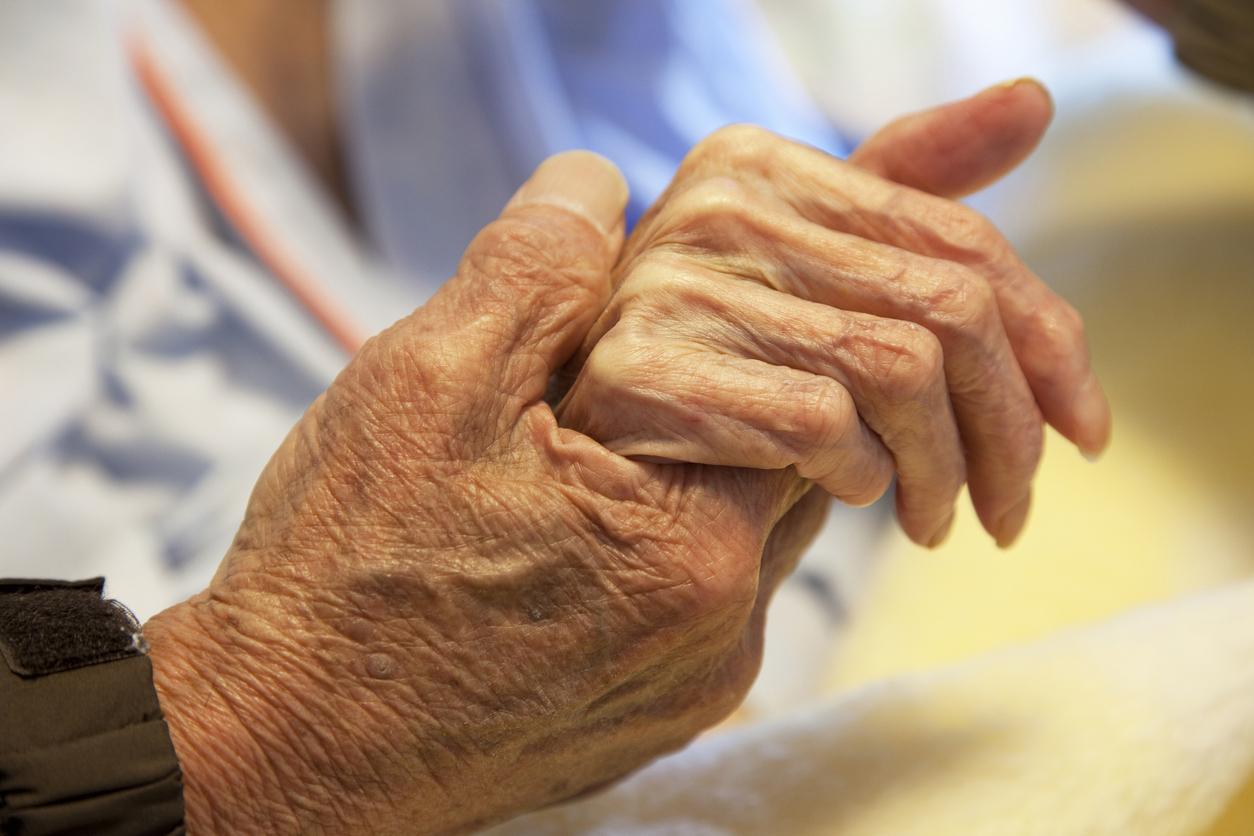Still poorly understood and little recognized by the scientific community, psychogenic death is not suicide, but the abandonment of life by an elderly, sick, traumatized or disabled person. An English researcher has just defined the clinical markers of this phenomenon.

Can we die out of spite? By resignation? Encouraged by some form of autosuggestion? the Dr John Leach, researcher at the University of Portsmouth (England), described for the first time clinical markers of “abandonment”, a term used to describe psychogenic death, a phenomenon still poorly understood and little recognized by the scientific community. “It’s not suicide, it’s not related to depression, but giving up life and dying within days is a very real condition often associated with severe trauma,” he explains. he. Psychogenic death usually follows a trauma from which a person believes there is no escape, death being, in her view, the only rational option.
According to the researcher, this progressive psychological decline could be the result of a change in the frontal-subcortical circuits of the brain, the main network that drives human behavior and therefore, which governs how a person maintains goal-oriented behavior. . More precisely still, thee anterior cingulate cortex (ACC) which plays a role in a wide variety of functions autonomous would be at the origin of this thought process. “Severe trauma can lead to dysfunction of the anterior cingulate cortex in some people. Motivation is essential to cope with life and if that fails, apathy is almost inevitable.” The nobody then loses all hope of being cured and all desire to live.
According to Dr. John Leach, it is possible to reverse this trend, when the patient “recovers the feeling of having a choice”. For example, participating in a physical activity could help him, especially because it can remind him that he has control over his body and that the dopamine secreted will give him a feeling of well-being. But in some cases, stalling with our reality is inevitable.
The researcher defined 5 stages in the abandonment process:
1- Social withdrawal : after a psychological trauma, a person can become passive, isolate himself, withdraw, show a lack of empathy, a loss of envy or an absence of emotion. This social withdrawal, explains the researcher, can be the means of protecting oneself by freeing oneself from any emotional commitment. The person can then appear callous, devoid of feelings, even harsh.
To fully understand this phenomenon, it is important to specify that the brain is made up of two hemispheres: the right, which processes information holistically, i.e. through emotions, feelings and the left, much more rational, which resonates sequentially, logically and analytically. While each of us tends to use one hemisphere more than the other, both of us are essential.
Daniel Siegel, professor of clinical psychiatry at UCLA School of Medicine, was the first to come up with a definition of mental health. According to him, it would be based on the concept of integration, that is to say our faculty to navigate in equilibrium, in an equal way, between these two hemispheres, without getting lost in the abysses of one or the other which would make us either way too emotional and illogical, or too rational and callous. In the present case of social withdrawal, it seems that the person is only using their left hemisphere, which has already been observed in soldiers, prisoners of war, or people in a state of post-traumatic stress.
2- Apathy : a kind of emotional “death” due to deep melancholy. At this stage, people no longer pay attention to their hygiene or their physical appearance. They may have been stylish their entire lives, but have come to neglect themselves considerably, which can be confusing to loved ones.
3- A loss of motivation : people find it difficult to make a decision and lack initiative. Often, they no longer feed, no longer speak, no longer interact and are confined to a kind of inertia. They have lost all desire to help and take care of themselves.
4- Psychic akinesia : that is to say a pathological impossibility to make certain movements, even if the muscular force is not reduced. At this point, people may not even react to the pain, or if pushed, pushes them around.
5- Psychogenic death (which occurs on average 4 days after psychic akinesia): Dr Leach describes this phenomenon as the “disintegration of a person”. “That’s when they give up. They can be lying in their feces and nothing – no warning, no beating, no pleading can make them want to live.”
One last cigarette
The researcher draws a parallel with the prisoners of concentration camps for whom cigarettes were rare and precious commodities, because they were used as currency for almost everything. When one of them “wasted” one by smoking it, his comrades knew he had given up. In this same context, there may be a “glow” in the person in the fifth stage and that he wants to “his cigarette”. “This briefly gives hope that the ’empty mind’ has been replaced by what could be goal-oriented behavior. But the paradox is that, the goal itself (to die, note) seems to have come true.” for these people.
While in France, the debate around euthanasia and assisted suicide allows different personal visions of moral life to be expressed, this publication by Dr John Leach reminds us that some elderly people, deeply traumatized, seriously ill or in situation of disability can allow themselves to die of resignation, despair or spite, without the public debate finally being echoed.
.















